SFAA Opposes Increase to Federal Payment Bond Threshold
August 31, 2020
Via Federal eRulemaking Portal
Re: FAR Case 2019-013
Federal Acquisition Regulation: Indexing Payment Bond Threshold
Dear Administrator:
The Surety & Fidelity Association of America (“SFAA”)1 is writing in strong opposition to the Federal Acquisition Regulation (FAR) Case 2019-013, which proposes to increase the Miler Act construction payment bond threshold from $35,000 to $40,000 as delineated in FAR Part 28, titled Bonds and Insurance (28.102-1(b)(1), 28-102-2(c) and 28-102-3(b). While we understand indexing certain “acquisition-related” contract thresholds can play a role in streamlining regulations to create a better environment for the private sector, particularly small businesses, to conduct business with the federal government, we fundamentally believe the bonding threshold was not intended to be and should not be considered an “acquisition-related threshold” and the increase actually would be harmful to the small business subcontractors and suppliers Congress intended to help.
As discussed more fully below, the payment bond threshold, as well as the performance bond threshold, should not be considered an “acquisition related” threshold for the following reasons:
- As the FAR previously asserted, Congress never intended for insurance requirements to be “acquisition related”, and surety payment bonds are a regulated insurance product;
- Increasing bond thresholds has no impact on the Congressional intent for and objective of indexing, which is to eliminate onerous, red tape requirements preventing small businesses from doing business with the federal government;
- The payment bond requirement is remedial and protective in nature—as recognized by the Supreme Court–which is inherently different from the red-tape, government requirements Congress was trying to reduce; and
- Indexing the payment bonds will work counter to the very purpose for which indexing was adopted—to help small businesses.
History and Use of Inflation Indexing for Procurement Acquisition-Related Thresholds
To understand Congress’s intent, it is helpful to understand where and why the indexing of acquisition- related thresholds is applied. According to the Federal Acquisitions Regulation Rule Release, 75 FR 53129, the most heavily-used thresholds are:
- The micro-purchase base threshold of (FAR 2.101)
- The simplified acquisition threshold (“SAT”)(FAR 2.101)
- The FedBizOpps pre-award and post-award notices (FAR part 5) (trade agreement)
- Commercial items test program ceiling (FAR 13.500)
- The cost or pricing data threshold (FAR 15.403-4)
- The prime contractor subcontracting plan and the construction threshold (FAR 19.702)
As set forth in the Federal Acquisitions Regulation Sect. 13.002, the purpose of indexing the SAT, and presumably the other regulations listed above, is to reduce administrative costs, open opportunities for small and disadvantaged enterprises to do business with the federal government, promote efficiency and economy in contracting and avoid unnecessary burdens for agencies and contractors. Unlike SAT and the other thresholds, as discussed above and below, the payment bond threshold was not the type of threshold that Congress intended to address to achieve its stated objectives.
When looking at the most commonly used statutes above where threshold indexing is used, the intent of Congress was focused on removing the full weight of extremely complicated, onerous, expensive federal procurement red-tape for certain sized contracts so small and disadvantaged businesses can do business with the federal government. For example, one commentator noted that the full menu of FAR Part 52 clauses come into play, with more than fifty government-unique clauses potentially applicable to even the simplest FAR Part 12 commercial transaction above the threshold. This commentator concluded that the end result of the Simplified Acquisition laws in FAR PART 13 is to create a $14B marketplace with its own set of statutes, regulations and procedures that operates very differently from the other 96% of the Federal spend, which are above the thresholds.
Unlike the other acquisition thresholds for furnishing supplies and materials and performing other contracts, bonding is not a complicated or onerous ‘red-tape’ requirement. It is a remedial requirement to protect small businesses working on and supplying federal construction contracts.
Payment Bond Threshold is Not “Acquisition-Related” and Should Not be Indexed
As set forth above, the payment bond threshold (as well as the performance bond threshold) should not be considered an “acquisition related” threshold and should not be indexed for the following reasons.
First, in the 2010 rulemaking notice, the Federal Acquisition Regulations acknowledged certain thresholds should not be viewed as “acquisition related.” The proposed rulemaking asserted, “examples of thresholds that are not viewed as ‘‘acquisition-related’’ as defined in this case are threshold relating to claims, penalties, withholding, payments, required levels of insurance, small business size standards, ….”2 Surety bonds, including payment bonds, are a type of insurance provided by insurance companies and thus were not intended to fall within the indexing requirements. Unlike the Miller Act payment bond threshold, if the SAT and other true “acquisition-related” thresholds were not indexed, small businesses would have less and less access to government contracts over time because of inflation. The same is NOT true if the payment bond threshold remains the same—these small business contractors will have the same access to government contracts with no added government red-tape.
Second, increasing the payment bond threshold has no impact on the Congressional intent for and objective of indexing, which is to eliminate onerous, red tape requirements preventing small businesses from doing business with the federal government. The indexing requirement was enacted to make it easier to contract with the federal government and to bring efficiencies to working with the federal government by raising the thresholds above which the full weight of federal regulations would apply.
Contracts falling under these thresholds would increase opportunities for small businesses. This is plainly not the case when it comes to Miller Act payment bonds as raising the bond threshold does not increase opportunities to do business with the federal government—it only affects the amount above which the general contractor must provide a payment bond that protects small business subcontractors and ultimately federal tax dollars dedicated to the construction contracts. A static bonding threshold simply will not have the same negative impact as maintaining the levels of other thresholds that are actually “acquisition related.”
Third, the payment bonding requirement is remedial and protective in nature—which is inherently different from the other red-tape, government requirements that Congress was trying to reduce. In Clifford F. MacEvoy Company v. United States, 322 US 102 (1944), the US Supreme Court reinforced this fact characterizing the protections included in the Miller Act as “highly remedial in nature,” and emphasizing the “Congressional intent to protect those whose labor and materials go into public projects.” The current threshold has ensured small businesses who do business with the public sector, in the role of subcontractors and suppliers on public works projects, will receive payment for their work in the event the general contractor fails to make said payments under its contract with the subcontractors and suppliers. See also In K-Con, Inc. v. Secretary of the Army , 322 US 102 (1944), reinforced that the Miller Act is “highly remedial in nature,” as “Congress intend[ed] to protect those whose labor and materials go into public projects.” See also In K-Con, Inc. v. Secretary of the Army, 908 F.3d 719 (Fed. Cir. 2018) (“bond requirements [of the Miller Act] are ‘deeply ingrained’ in procurement policy”) and United States ex. Rel. Sunworks Division of Sun Collector Corp. vs. Insurance Co. of North America, 695 F.2d 455 (10th Cir. 1982), where the court established that the Miller Act provided suppliers under government contracts with an alternative remedy to a mechanic’s lien. Subcontractors on these contracts often have no other recourse to seek repayment outside of the payment bond, as they are not able to lien public property. Increasing this threshold would remove subcontractors only payment protection for contracts under $40,000 and unnecessarily expose more small businesses during a period of greater risk for the construction sector due to pandemic impacts and uncertainty in the broader economy.
Finally, unlike several other thresholds that are periodically indexed for inflation, increasing the payment bond threshold would work counter to the very purpose for which the indexing was adopted—to help small businesses. A small and emerging contractor will most often work as a subcontractor, rather than as a general contractor, on public projects to build up experience and qualify for increased surety credit over time. Increasing the payment bond threshold on federal construction projects would only serve to harm small and emerging contractors and suppliers by substantially increasing their risk of nonpayment if they operate as subcontractors without proper security in place. We strongly recommend retaining the current payment bond threshold because it requires nearly all federal construction projects to have payment bonds in place to protect those businesses should the prime contractor fail to meet its payment obligations.
In summary, the Miller Act payment bond threshold has been wrongly categorized as an “acquisition related threshold,” as it is clear Congress never intended to include the payment bond threshold in the indexing requirements. Furthermore, the payment bond threshold should not be indexed at the expense of removing protections for small businesses.
The SFAA therefore strongly opposes increasing the payment bond threshold from $35,000 to $40,000, as proposed in the FAR Case 2019-013 Part 28 Bonds and Insurance.
Thank you for your consideration of this request and for the support of the construction industry.
Respectfully submitted for your consideration,
Julie Alleyne
Vice President, Policy & General Counsel
Surety & Fidelity Association of America
JAlleyne@surety.org
202.778.3630
1 SFAA is a trade association of more than 425 insurance companies that write 98 percent of surety and fidelity bonds in the U.S. SFAA is licensed as a rating or advisory organization in all states and it has been designated by state insurance departments as a statistical agent for the reporting of fidelity and surety experience.
2 https://www.govinfo.gov/content/pkg/FR-2010-02-04/pdf/FR-2010-02-04.pdf Pg. 5717




